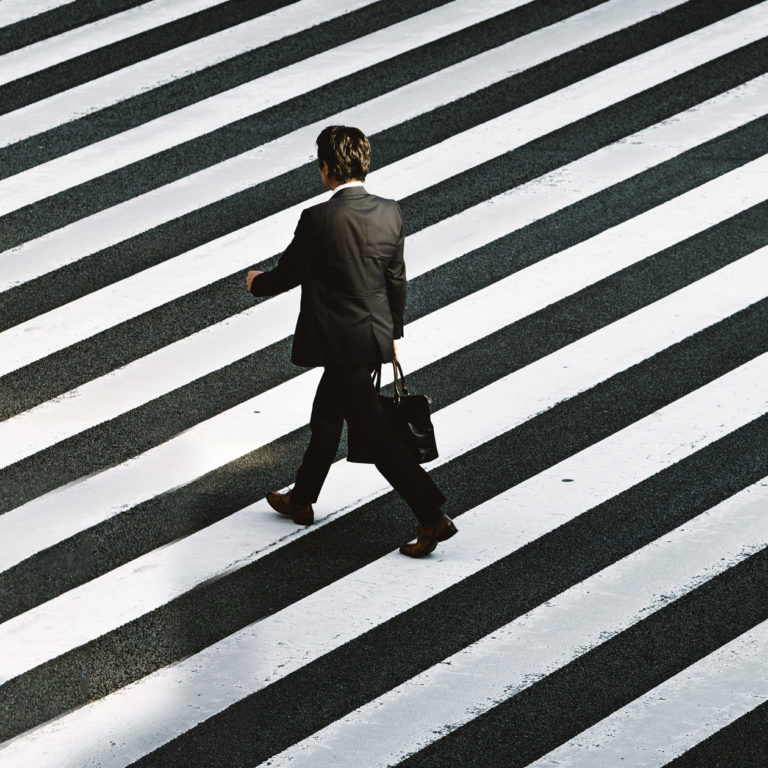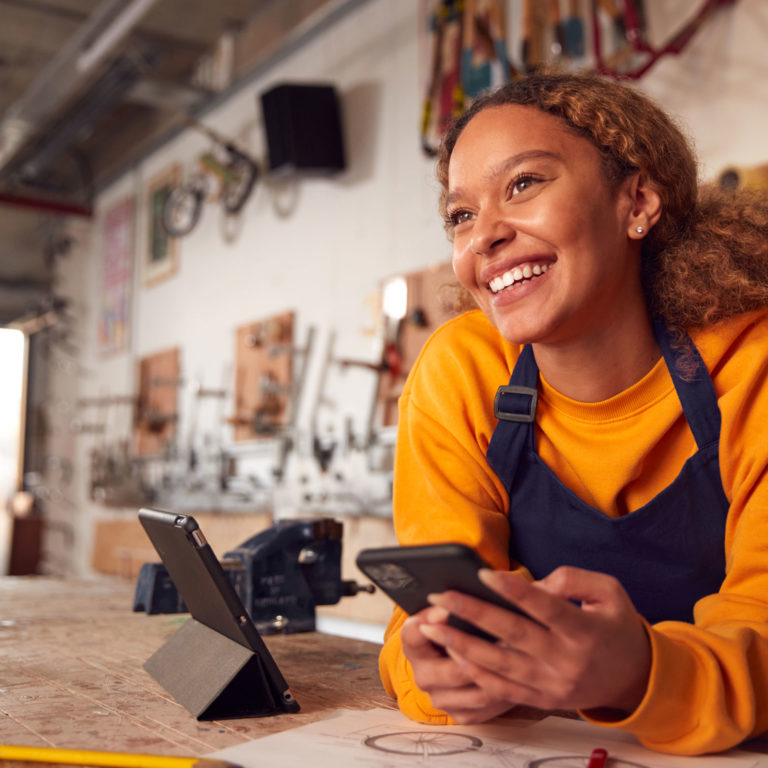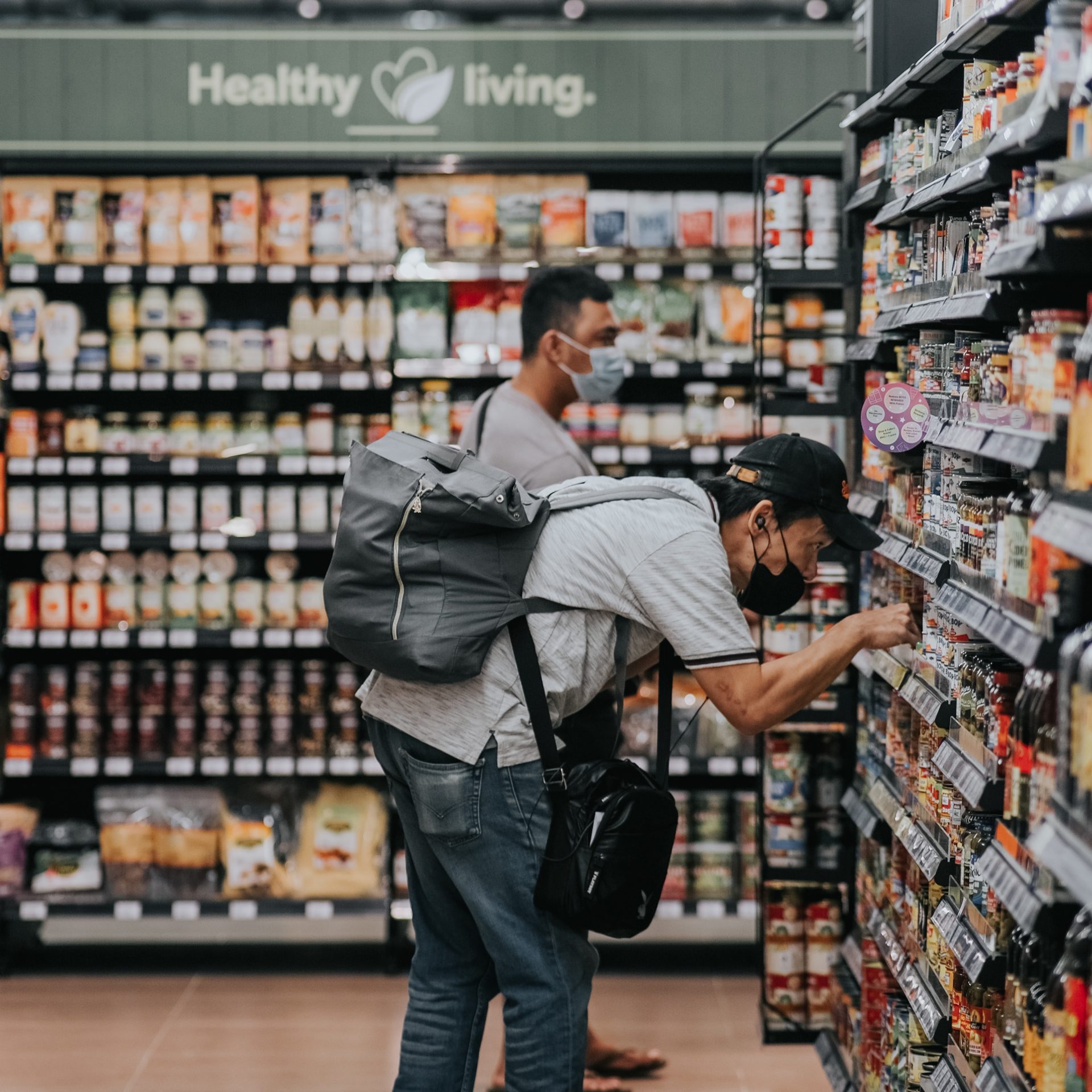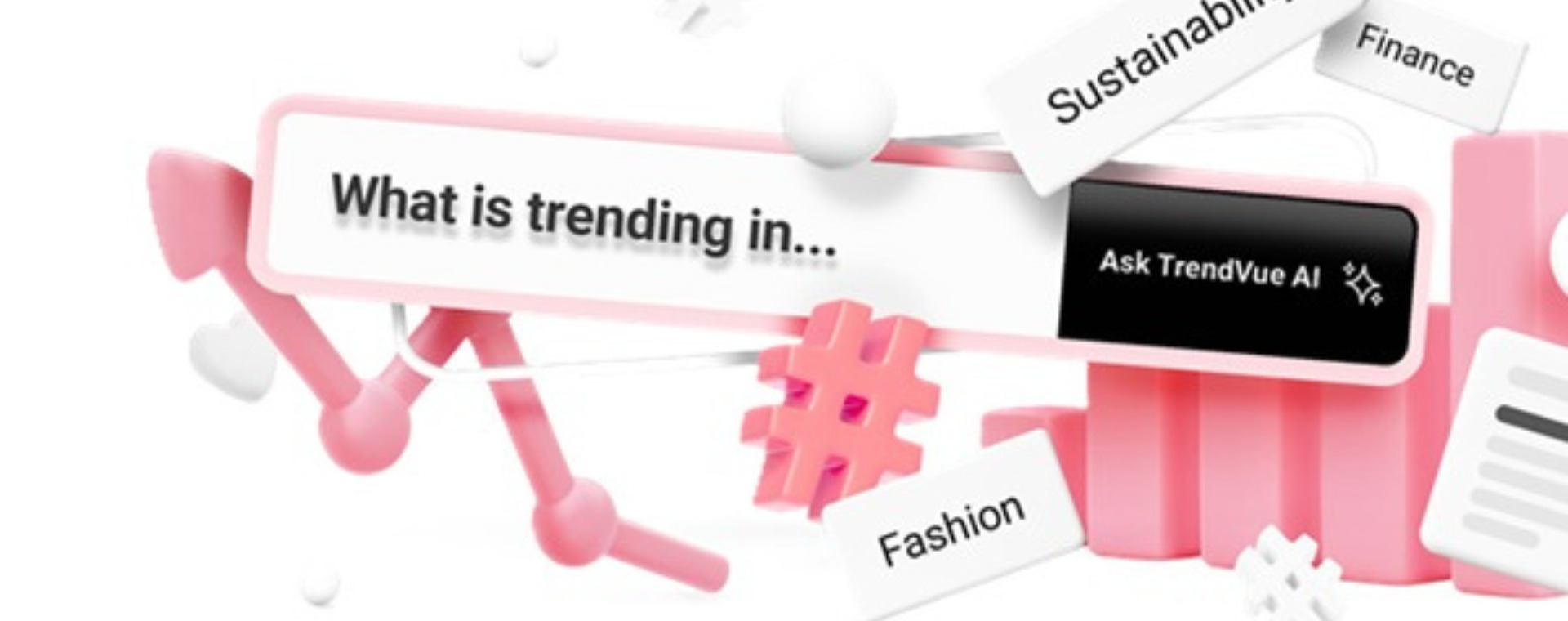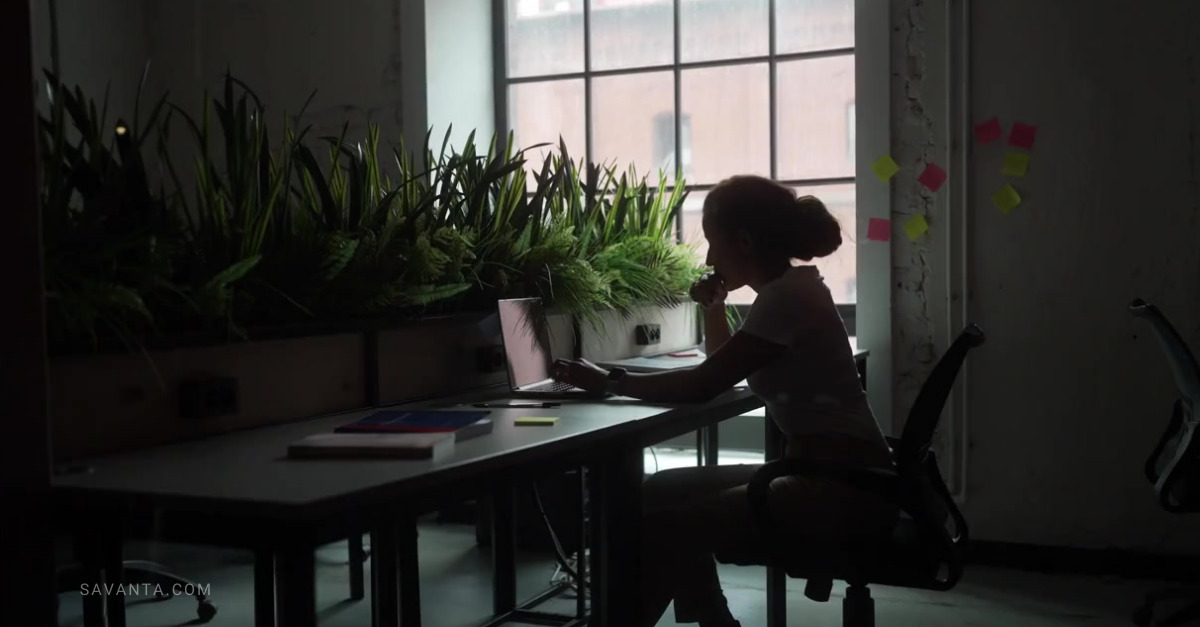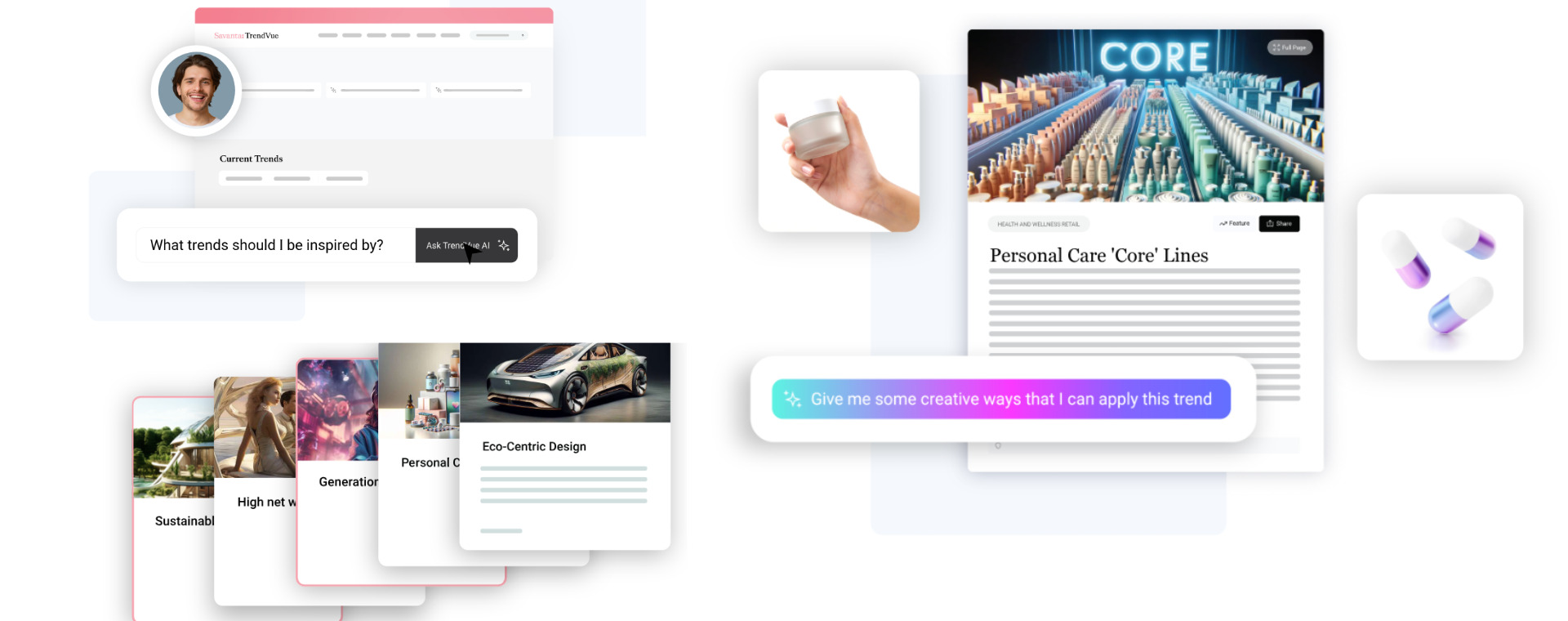Coronavirus weekly tracker: 8th July 2020
As COVID-19 cases spike across the world while lockdown restrictions are relaxed, the question many of us are asking ourselves is: what do the next few months hold?
With a second lockdown potentially on the horizon, do brands have another chance with more warning to tailor their services?
On that question, the data shows a widespread agreement that there is a second wave of COVID-19 on the horizon.
It’s the realist’s version of Desert Island Discs: if you were about to be locked down again in two months’ time, what would you want to take with you?
The early signs
Restrictions across the UK continue to be relaxed as the government tries to encourage a return to ‘normal’ and joyous life, as if they are the owner of Hamleys reopening the door to hundreds of excited children.
But in their haste to open the door, the owner forgets that these children have been waiting for this moment since March 23rd. They shouldn’t be too surprised when thousands pour in, grabbing toys, rubber rings and anything they can get their hands on, a massacre which in turn leads to hushed whispers about a second wave at socially distanced barbeques a week later.
This pattern isn’t just unique to the UK, it’s happening across the world, and across the world it seems like we’re getting it wrong. Second lockdowns are occurring in Lisbon, in Melbourne, and even close to home in Leicester.
From a commercial point of view, Apple in the US have already shown that there are difficulties with opening up too early, with stores in some states being forced to close again following a resurgence of COVID-19 cases, with a similar story occurring for some of Britain’s pubs.
The people’s mindset
These events are all trickling down to the consumer.
The latest data from our coronavirus weekly tracker has found that 78% of the population are predicting a second wave in the UK. And not only that, 87% are actively worried about it.
It’s not surprising that the numbers are this high – the figures come at a time when the public are bombarded by coronavirus content left right and centre, with news about how brands and businesses should be repositioning themselves to fit the post-COVID landscape in every media outlet.
But if people are this worried about a second wave occurring, and we’re even starting to see the first signs of the second spike occur, do brands need to hold off on their restart strategies? We’re by no means post-COVID yet, and if anything, we’re starting to go backwards.
Understanding how to re-engage with consumers is an important strategy that needs to be considered, and this thinking will remain relevant when it becomes appropriate, but are we getting ahead of ourselves?
A second chance?
The lockdown came as a surprise to most. Back in January when assessing business plans and strategy, very few were taking into account a nationwide lockdown. As a result, brands had very little time to tailor their offerings to match what people were going to need.
Some companies have soared during lockdown, it was luck of the draw if your industry benefitted from the restrictions – who would have thought that 2020 would be the year of jigsaw puzzles and bicycles?
But with a second lockdown potentially on the horizon, do brands have another chance with more warning to tailor their services?
Re-re-adapting
The good news for brands is that there is a proportion of the population that are open to changing the way they do things. It may come as no surprise that we found that a quarter (27%) would do something differently in a second lockdown, rising to 40% among Londoners.
This helps to paint a picture of the people who were unhappy with the set-up they were forced into, particularly with the switch to working from home. The lockdown required many of us to rely on technological and household items to a far greater extent than we had ever had to before, and it’s only now that we are able to realise that those niggling issues we had always managed to put to the back of our minds have become too much.
Brands should be thinking about how to support consumers with these things in mind, and how to promote their products without playing on perceptions of public fear or negativity. There’s no obvious answer on how to do this, with our data showing that although 34% agree that it’s acceptable to make light-hearted advertising related to COVID-19, 38% disagree, (rising to 52% among baby boomers).
With the majority of the population expecting a second wave of cases, and over a quarter looking to do something differently a second time round, this represents a huge opportunity for brands to be thinking about promoting their products or services in a way to help consumers think about them differently. But in this unpredictable environment, it is now more important than ever for brands to have the tools and information to understand how they fit into the picture.
This survey was conducted by Savanta among a nationally representative sample of n=2000 UK residents between 19th – 21st June. Data is supplied from Savanta’s weekly COVID-19 tracker.
